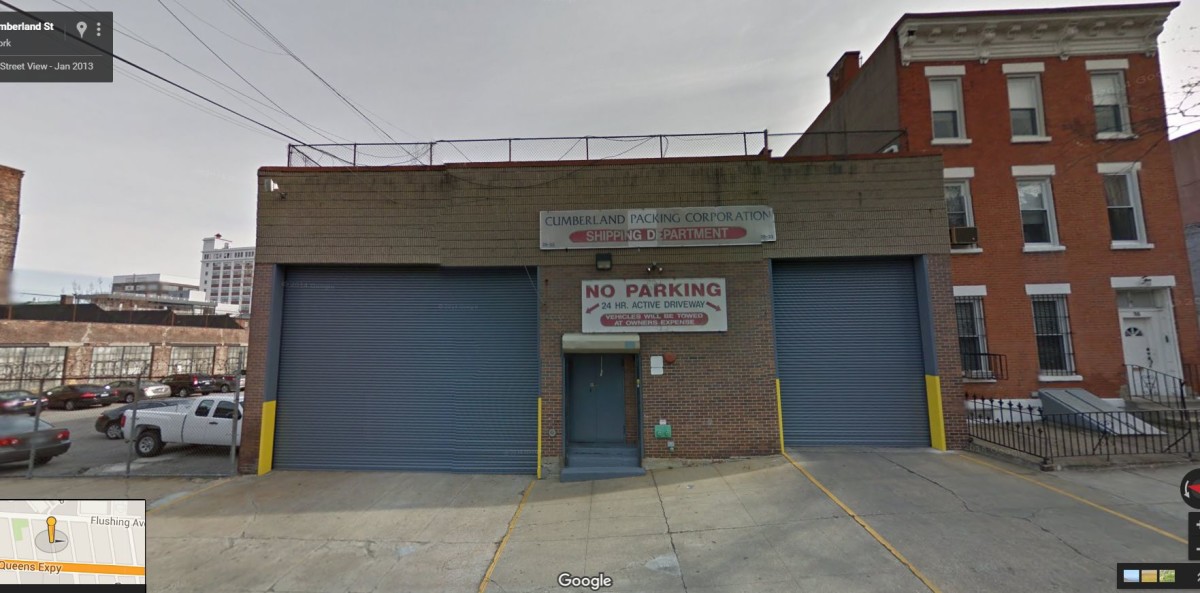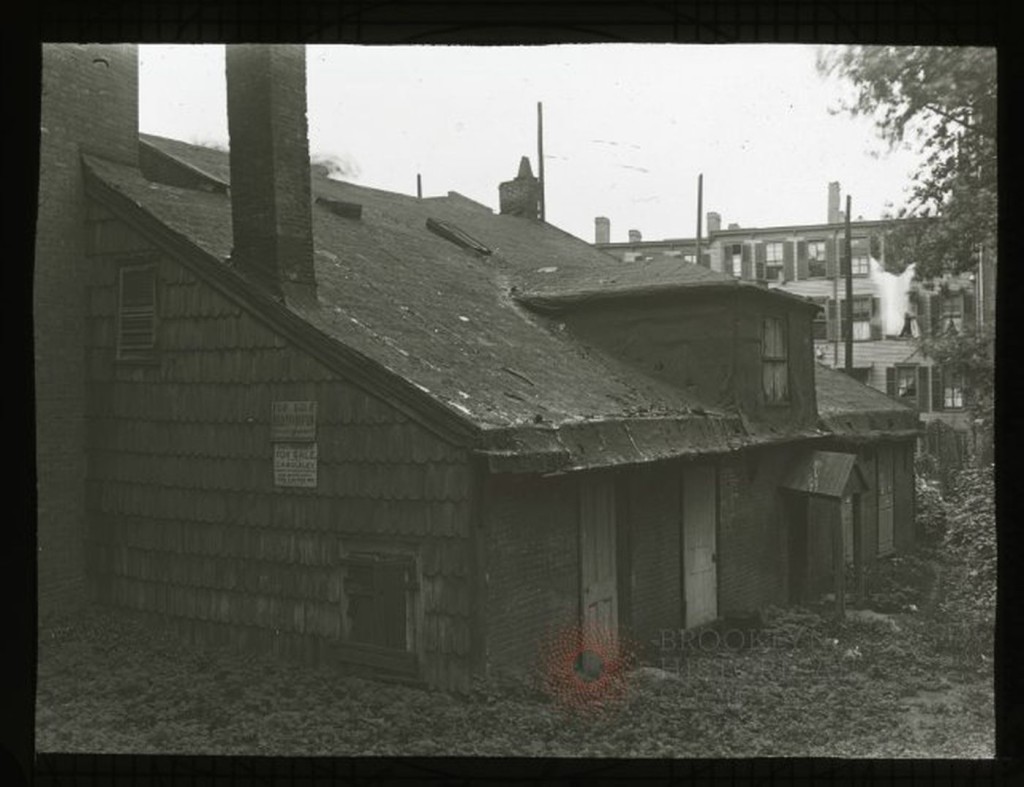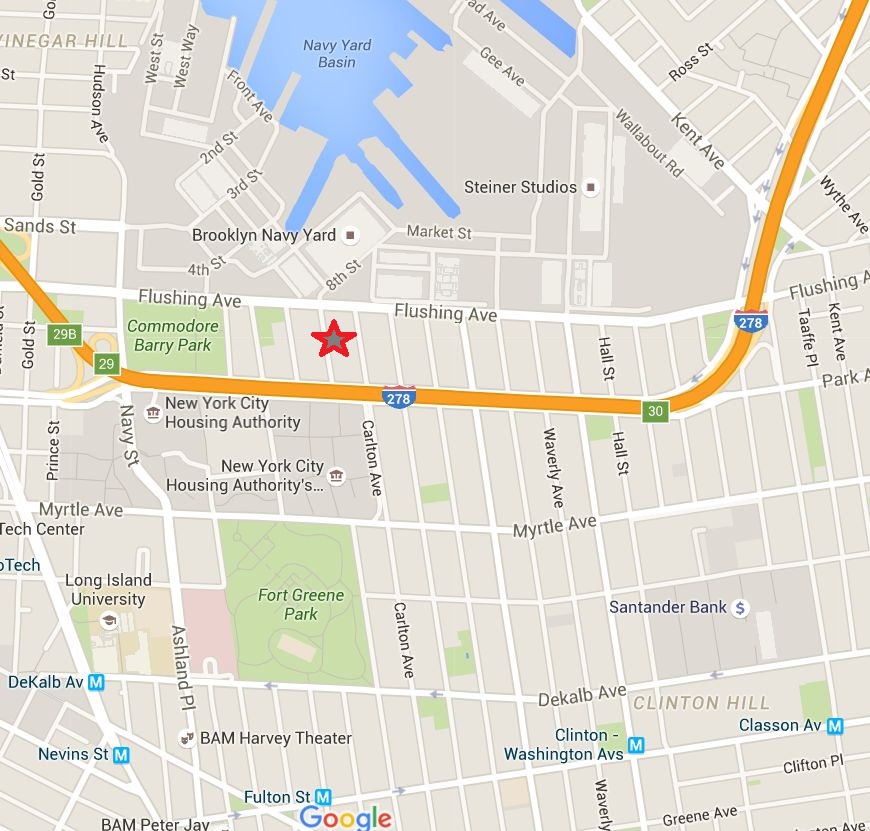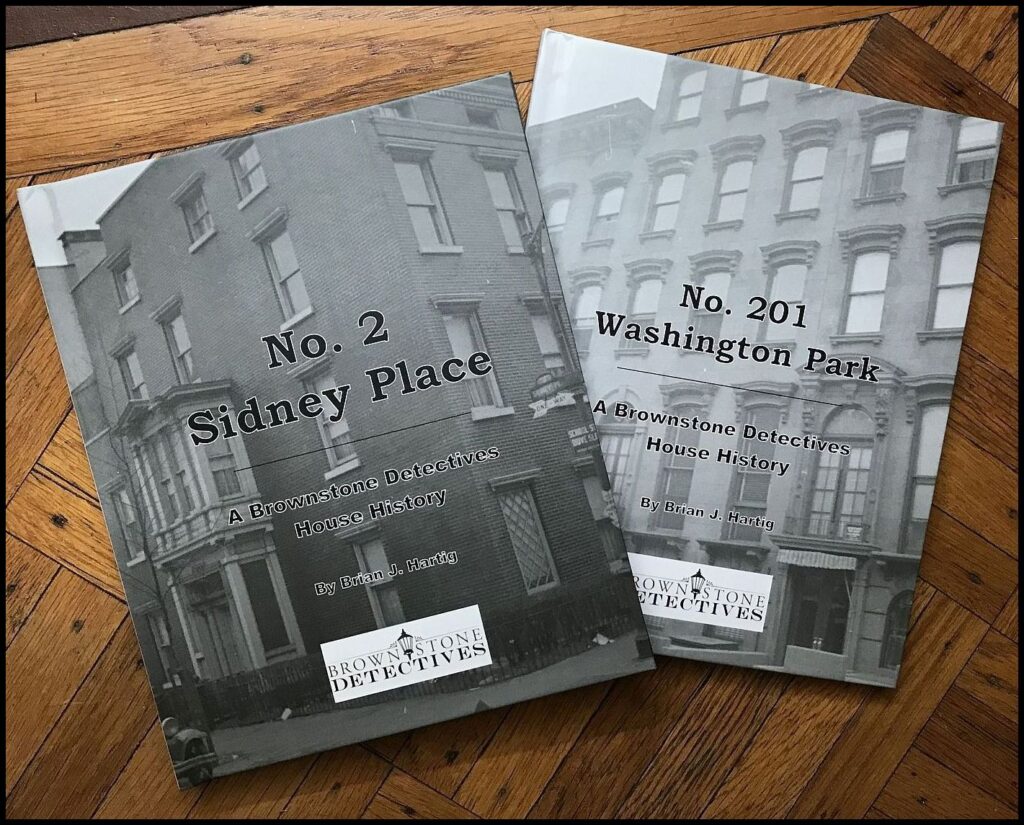GEORGE WASHINGTON SLEPT HERE… (1776)

Brownstone Detectives investigates the history of our clients’ homes.
The story you are about to read was composed from research conducted in the course of one of those investigations.
Do you know the history of YOUR house?
********************************************************************************************************************************
In today’s great efforts to preserve our historical heritage, particularly as regards the ancient homesteads of our forebears, it gives great sadness to learn of the loss of old structures which once graced our city.

One such house not only stood at one time as the last of its type, but it also had borne witness to historical events which contributed to the foundation of our country.
Inside of the old Boughton House, which at one time existed close to the Wallabout Bay on Cumberland Street at about No. 33, George Washington had sat often in conference with his military leadership on the point of repelling the British occupational force during the Battle of Brooklyn.
The “mansion,” which stood directly in line of the fortifications and redoubts thrown up by the Continental troops, found itself “smack in the middle” of these military improvements.
It was an old-style dwelling of Dutch Colonial Architecture, with eaves and garrets, and was a true relic of Revolutionary times.
There is no official record of when the house was erected, but around 1915 when workmen were repairing the roof, they found a shingle bearing the inscription “Erected 1727.”

Later during the war, when Mr. Boughton’s house was used to quarter British soldiers,, the prison ship Jersey – and her companion hulks – must have been distinctly visible from the house’s windows.
For it was said that if Cumberland street were continued in a straight line to a point between the Navy Yard proper and the Cob Dock it would pass over the spot where The Jersey was anchored. Thus, whoever occupied the house at that time must have witnessed the delivery of our Revolutionary War heroes into their terrible captivity.
Long after the war was over, bones of the martyred patriots were washed up on the shores of Wallabout Bay and Samuel Boughton was one of a committee to provide proper burial for them.
Fast forward about 150 years. During the house’s last year – sometime in the 1920s – “the ancient house was completely shut off from public view by a big red fence which had been put up by its owners at the time…after its rental value had diminished.”
As the area became valuable as a warehouse district, Boughton House’s future became more and more apparent.
The last sight of the old house was of its lying in a weed-grown hollow, sitting with sightless windows, chimney gone, and the little porch which once had stepped you right out onto the sidewalk, sagging.
The spot now bears witness to the Cumberland Packing Corporation, makers of Sweet’N Low and Sugar in the Raw.
———————————————————————————————————————–
 Brownstone Detectives is an historic property research agency. Our mission is to document and save the histories of our clients’ homes. From our research, we produce our celebrated House History Books and House History Reports. Contact us today to begin discovering the history of your home.
Brownstone Detectives is an historic property research agency. Our mission is to document and save the histories of our clients’ homes. From our research, we produce our celebrated House History Books and House History Reports. Contact us today to begin discovering the history of your home.